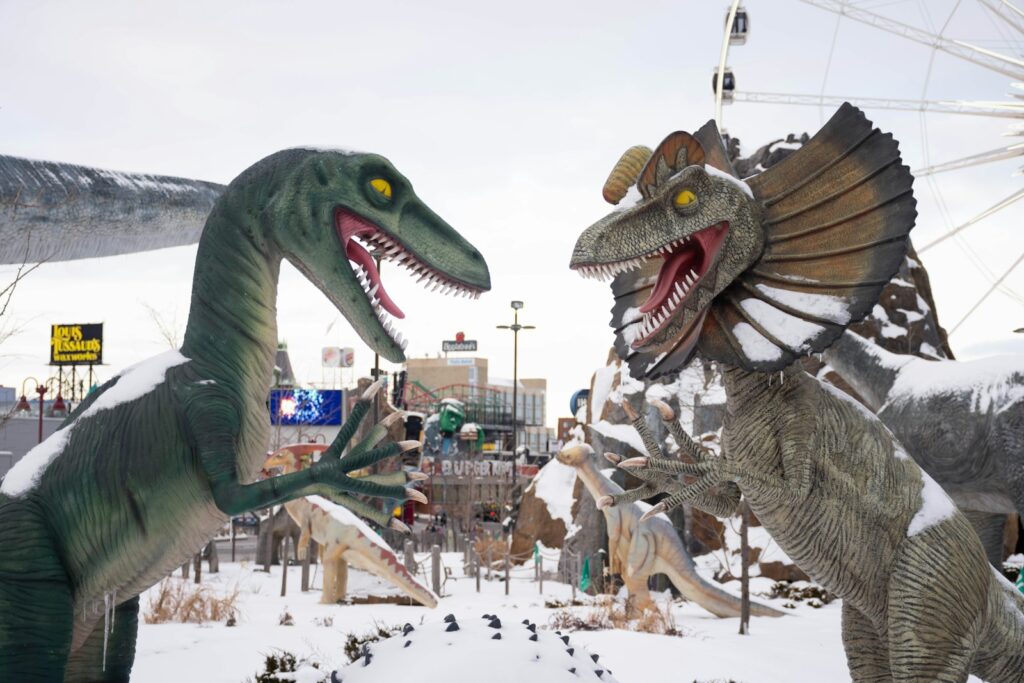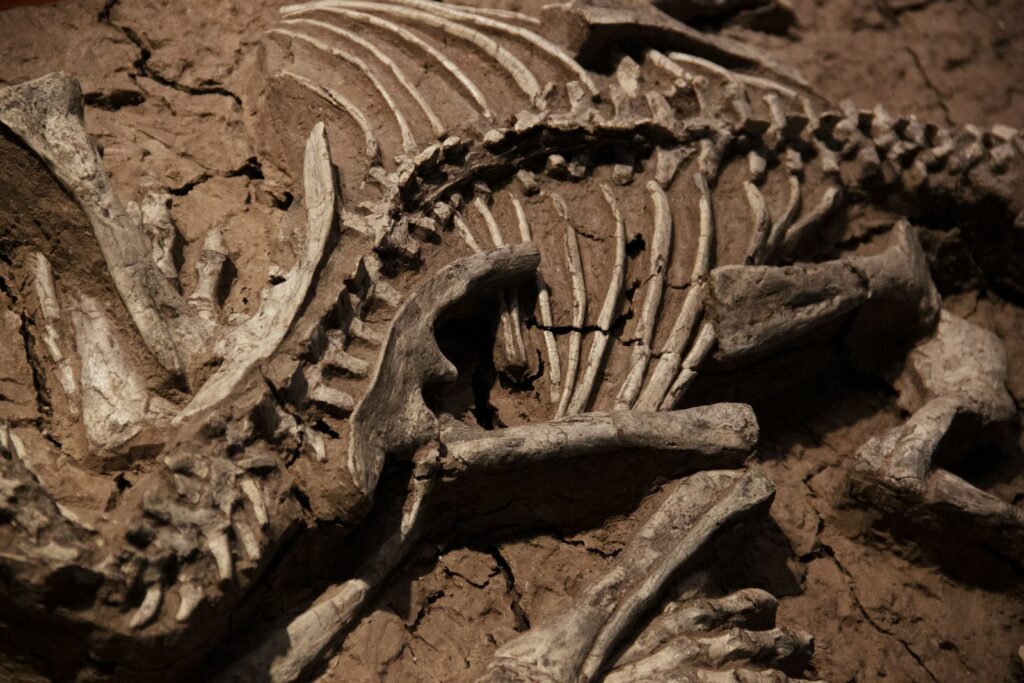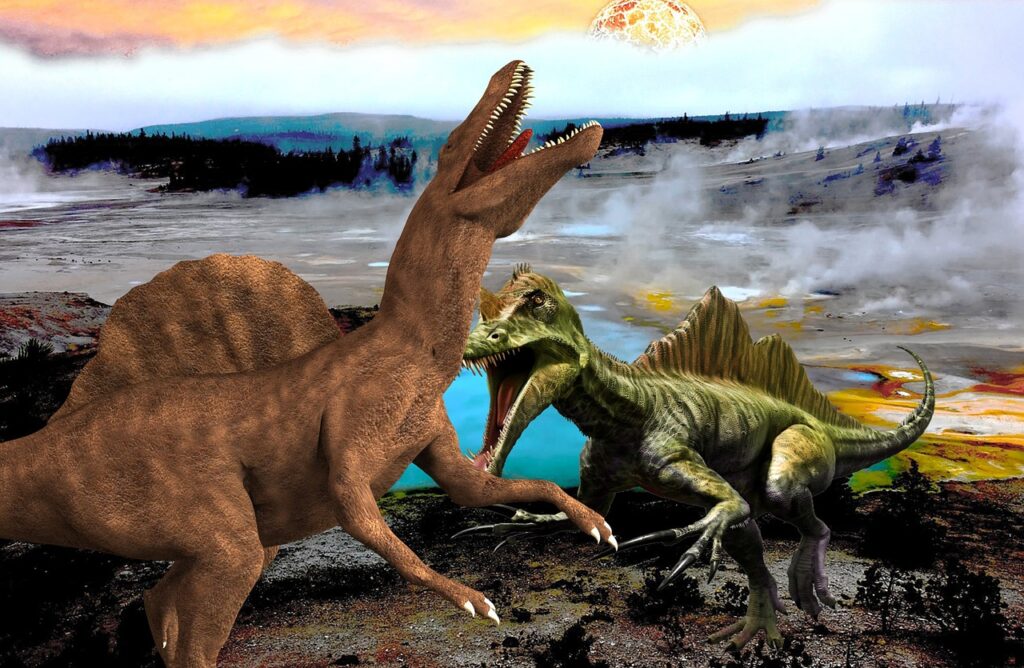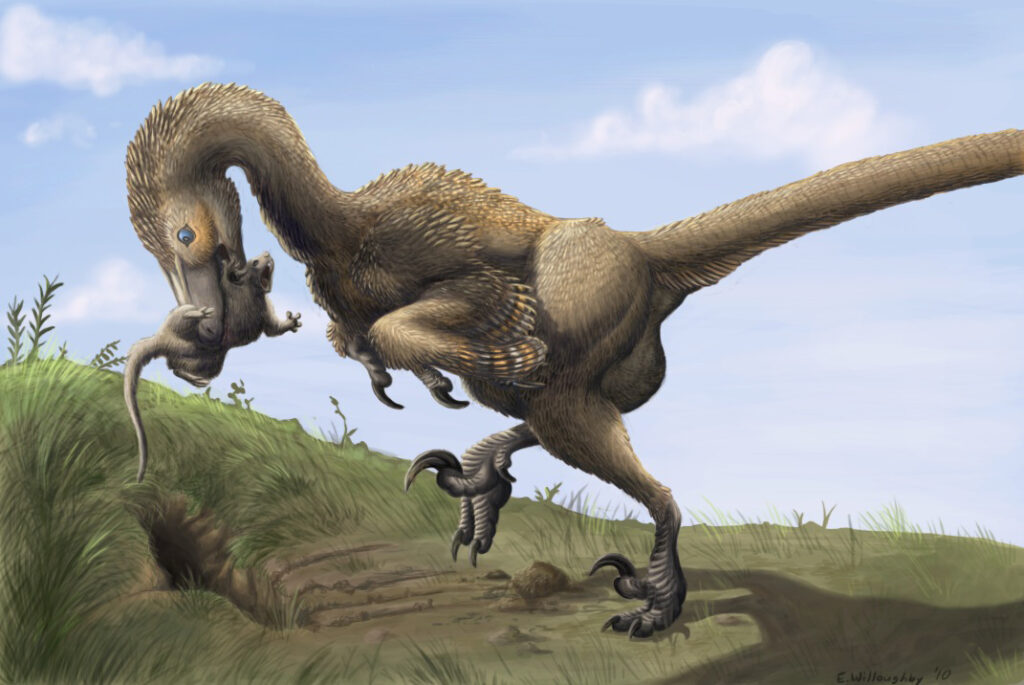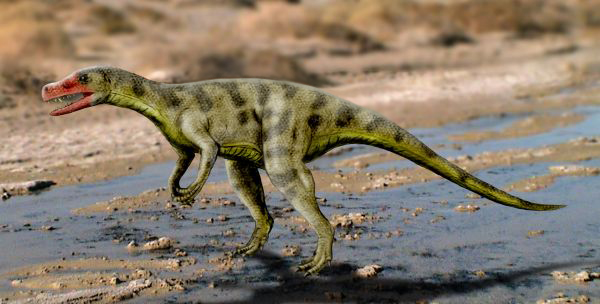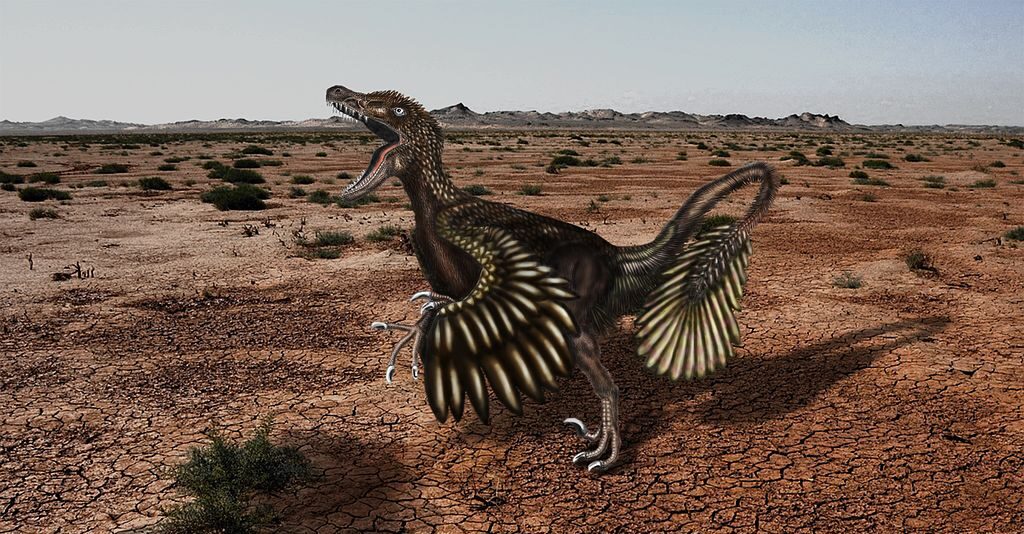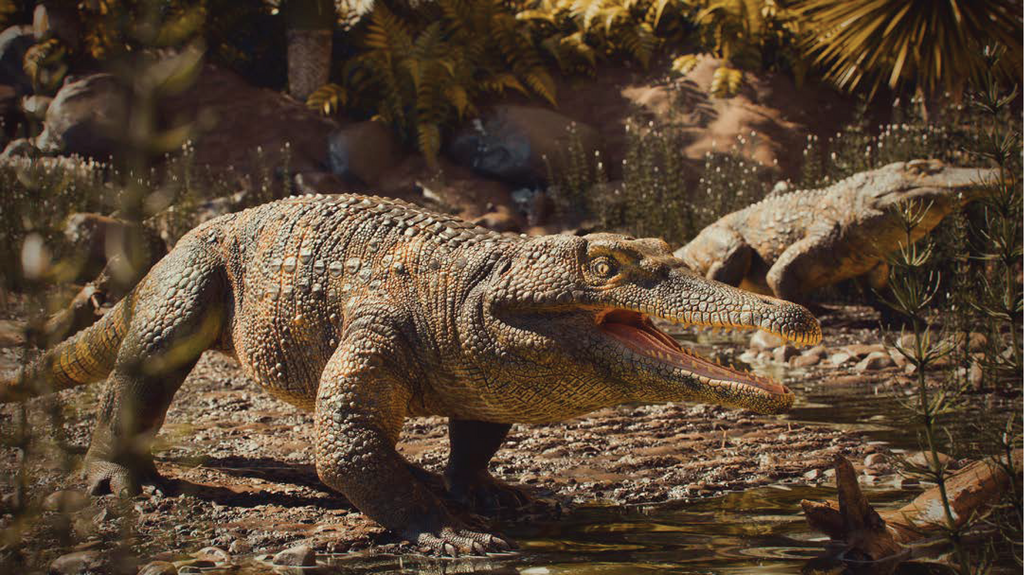Science vs. Cinema: What Dino Films Get Right (and Wrong)
Ever since the first dinosaur roared across the silver screen, Hollywood has been locked in an epic battle between scientific accuracy and pure entertainment value. From the groundbreaking special effects of “Jurassic Park” to the monster mayhem of “Godzilla,” filmmakers have shaped our understanding of these prehistoric giants in ways both spectacular and spectacularly wrong. ...

